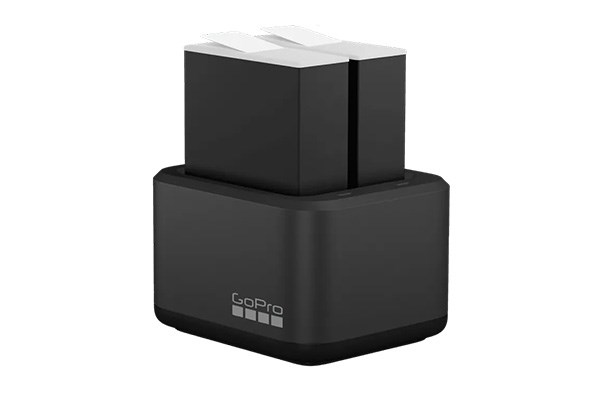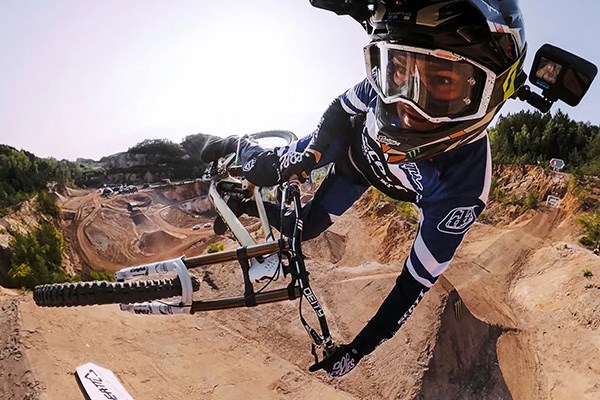Sports action cameras like the GoPro, are rapidly becoming a must have media tool to capture your epic moments and share them with the world. Buying an action camera can be a minefield of terminology, this guide will show you the things to look out for when choosing an action camera and will explain the terminology in simple terms.
Resolution:
In general, the more you spend on a camera the better the sensor and higher the resolution it will shoot in, giving you higher quality images. Resolution is measured in pixels, the most common resolution in cameras is 1080p, this is also known as full-HD. However, it is becoming far more common to see cameras at all price points that shoot in 4k or Ultra-HD. More expensive cameras offer up to 8k shooting, giving you higher quality images, which gives you more options.
What you plan on doing with the footage will also impact what camera you buy, if you simply want to play it back on your phone, then shooting in 4k becomes less of a need. However, if you plan to upload the video to various social media platforms, you’ll want the best quality to show off your epic moments.

Frame Rate:
Frame rate is also an important factor to consider, if you are planning on capturing high speed moments on your bike, you will want a faster frame of 60fps for buttery smooth play back. Higher frame rates such as 120fps gives you the chance to shoot in slow-motion, to fully savour your full send. So, look for a camera that gives you options when it comes to choosing frame rates.

360 Camera:
Another consideration is a 360 camera like the GoPro Max 360. A 360 camera captures video and photo, as the name suggests, in 360 degrees, this means you can reposition the shot afterwards and are not restricted to viewing what’s in front of the camera. If you like to capture still shots as well, the 360 camera helps you get some amazing angles to show off your adventures.
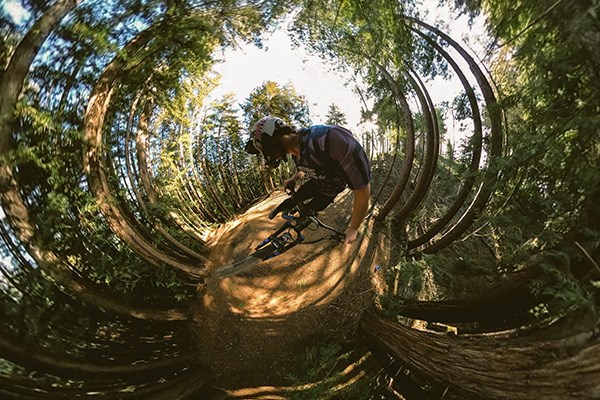
Image Stabilisation:
The more you pay for a camera, the more features you get, one of the must haves for any cyclist is image stabilisation (IS). Depending on where you mount the camera, a lot of vibrations come through a bike and IS uses processing to counter the camera shake, giving you smoother footage.
Image stabilisation in simple terms reduces blurring caused by camera shake, which can make the footage almost unwatchable. Cheaper cameras aren't always equipped with IS, and when they are it's less capable than on higher end models. If you want your riding footage to be smooth and stable then it's worth investing in a camera that offers proper image stabilisation.
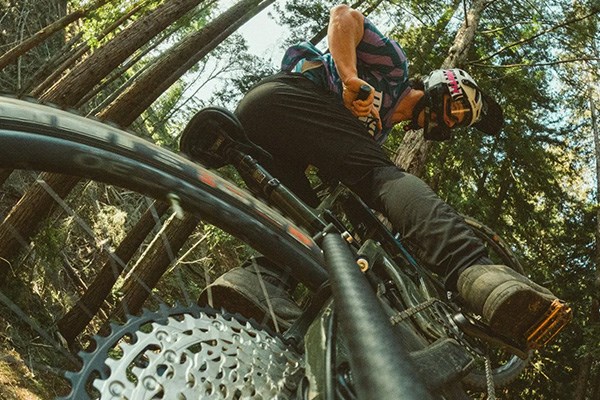
Size, Shape and Field of View (FOV):
What size and shape camera you will need, depends on where you plan to mount it. If you're looking to attach it to your helmet, you will want a smaller, more compact camera such as the GoPro Mini as these are usually lighter. If you want to mount it to your chest then the weight doesn’t really matter, but you will want one that sits a bit flatter to your body such as the GoPro Hero series.
All action sports cams use wide angle lenses to varying degrees, they offer different fields of view (FOV) depending on how wide they are. We recommend a camera that gives you a choice of FOV, from narrow to ultra-wide, this allows you to select the correct settings based on what you are doing.
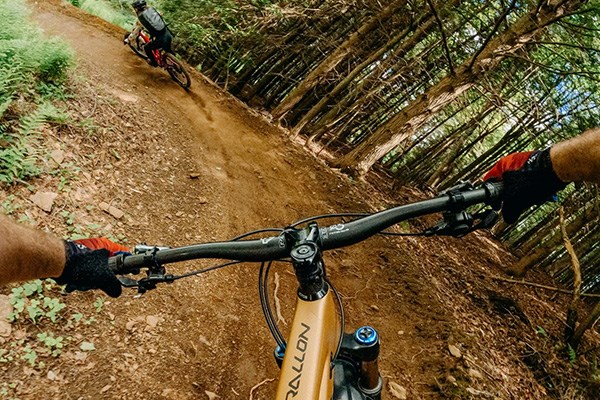
Durability:
These tough, durable action cameras are designed to be used in adverse conditions. Cheaper cameras tend to need cases to make them water or shockproof, which in turn makes them bulkier and sometimes harder to use. Cameras like the GoPro Hero 12 offer waterproofing, dustproofing, and shock proofing, all without the need for a bulky case. So, if you want to ride one day and dive the next, the camera is ready to go without the need to faff with cases.

Controls:
How you interact with your action camera is important as you will be changing the settings on the camera. GoPro Hero cameras now utilise a large touchscreen on the rear, making it easier to adjust settings without having to use a phone. These cameras also feature a screen on the front, making it easier to frame selfies. Most camera use physical buttons to start and stop recording, so whether you wear gloves or not, it’s easy to start recording when you are ready.
GoPro utilise voice controls, so you can set the camera down and speak to get it to take a photo or start recording a video.

Popular Action Cameras
Accessories:
Accessories are what make an action sports camera. From chest mounts to clamps that attach to your forks, there are a wide range of choices. GoPro have the largest selection and because of this most brands use a similar system for mounting the camera on their accessories. You can buy mounts that have adhesive on the back, which can be attached almost anywhere. Handles offer a more convenient way to shoot, and some can also be used as a tripod to simplify shooting yourself.
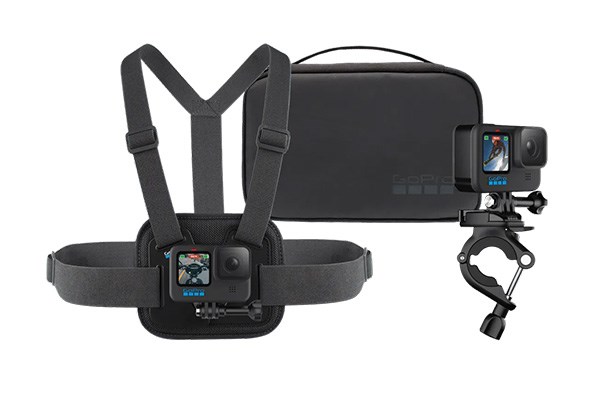
Batteries:
The battery life of current action cameras is always improving, however depending on how much you want to shoot, a single battery may not last all day, so it might be worth getting a spare. Spare batteries, such as GoPros Enduro batteries can extend how much you can film as well as improving the batteries performance in colder conditions, so perfect for your next ski trip. If you have several batteries, you will want a way to charge them outside the camera, so something like the GoPro Dual Battery charger means you always have a fully charged battery waiting.
